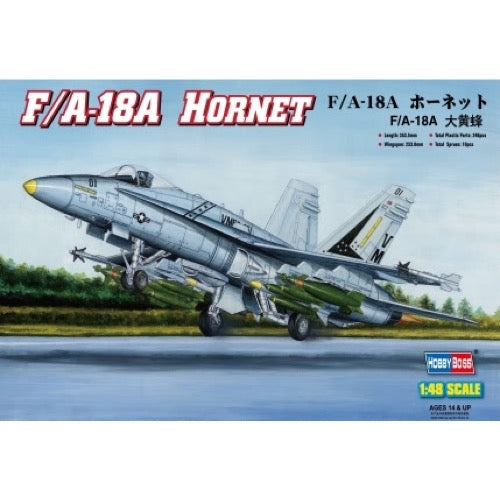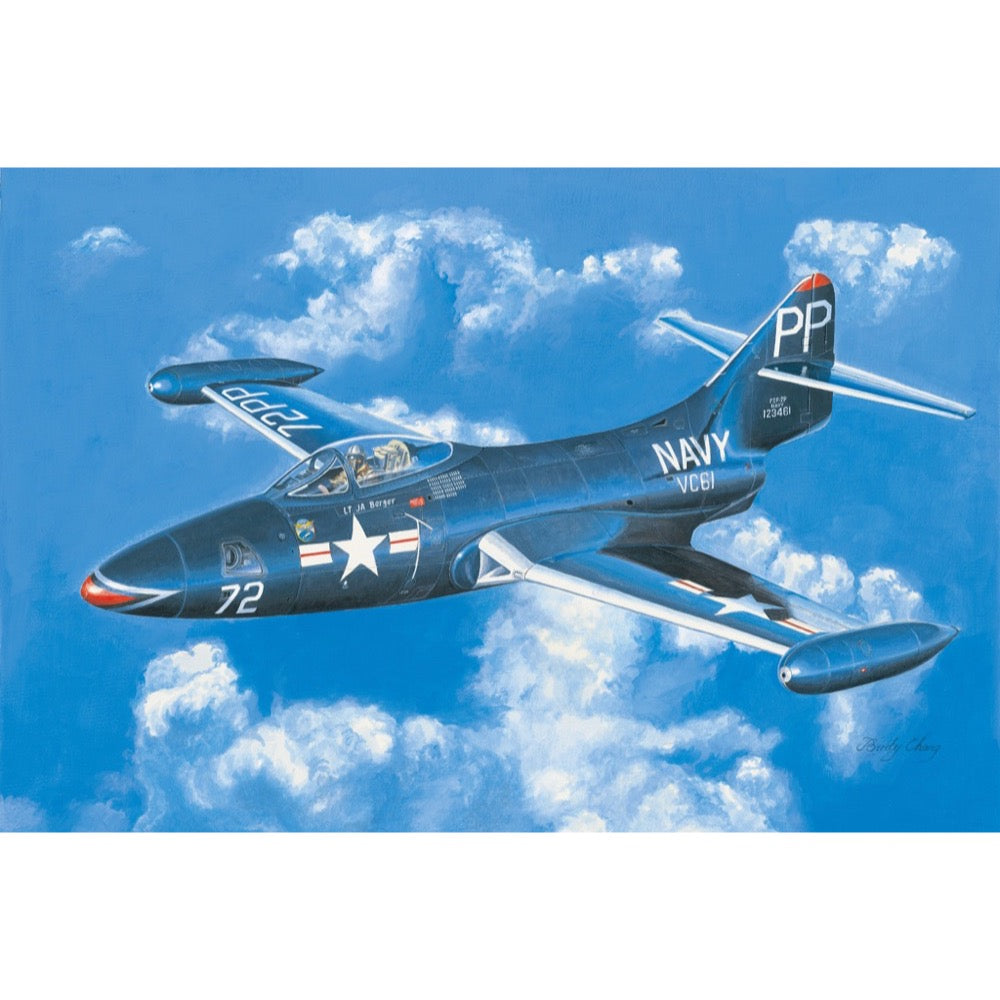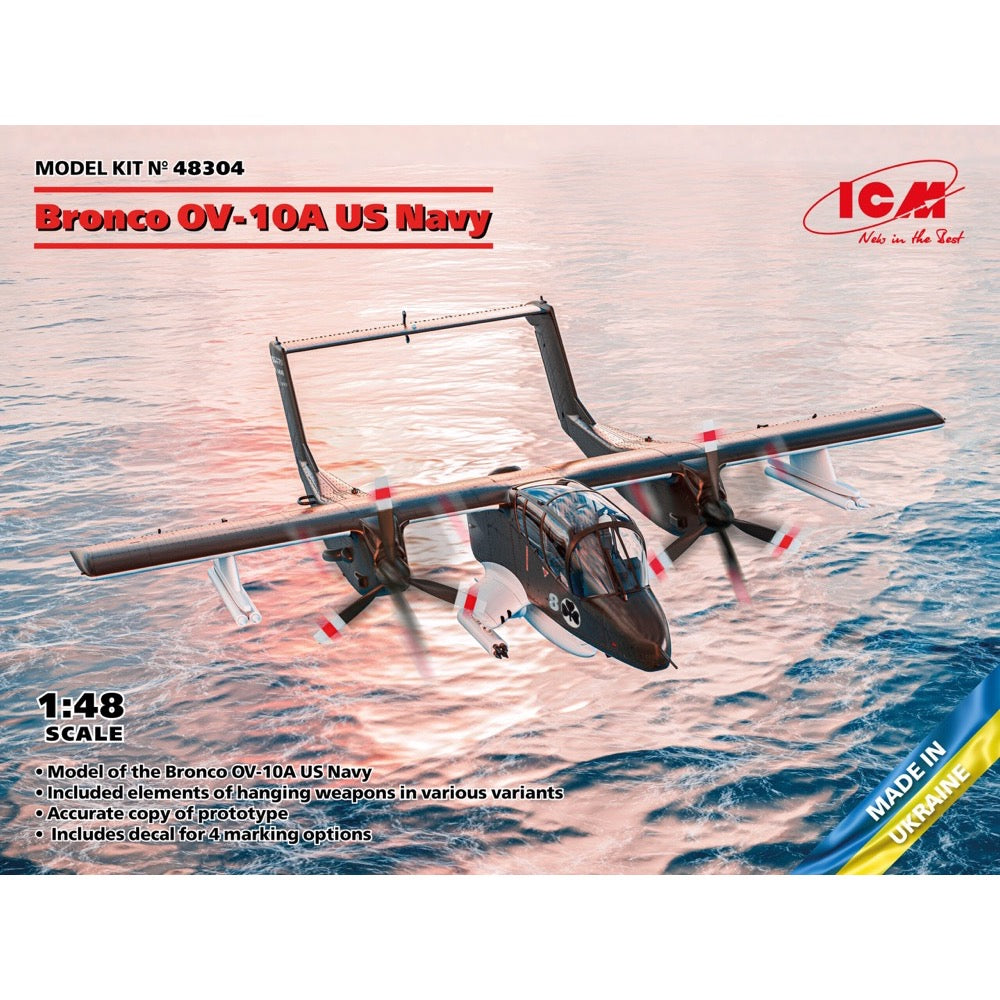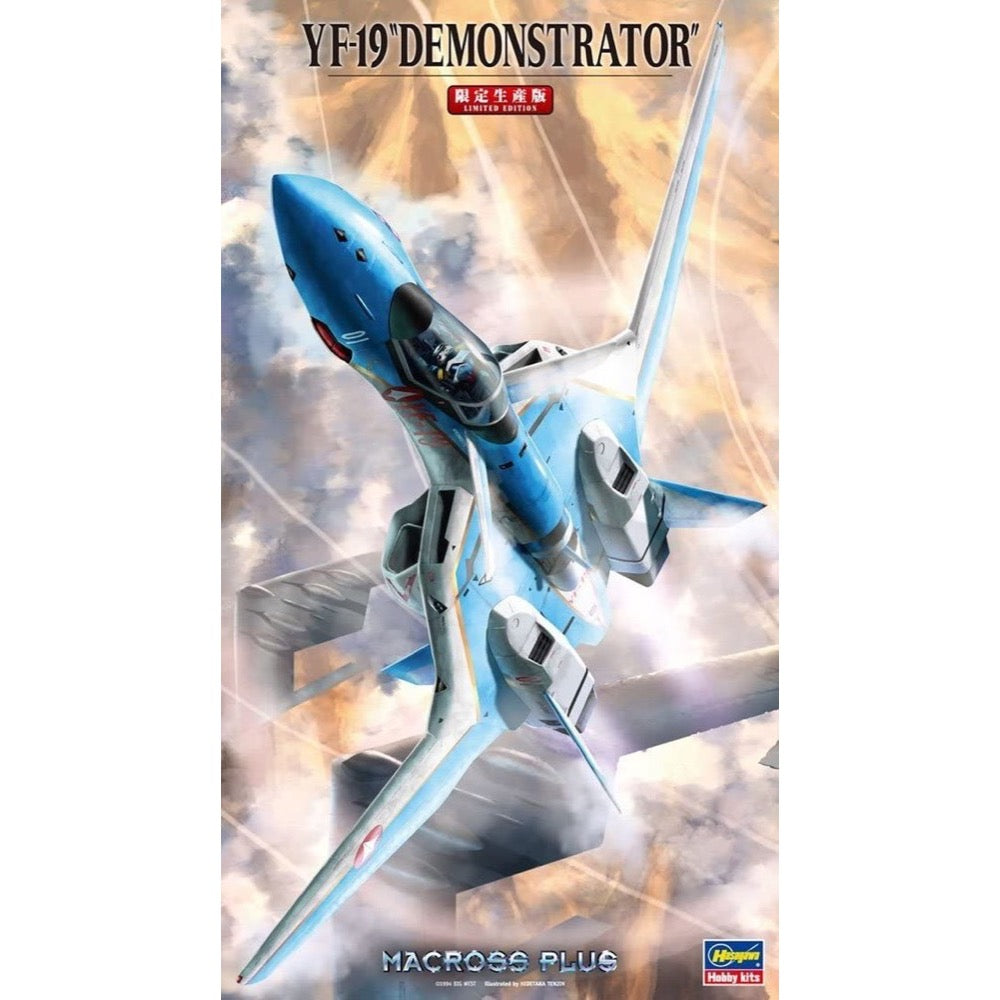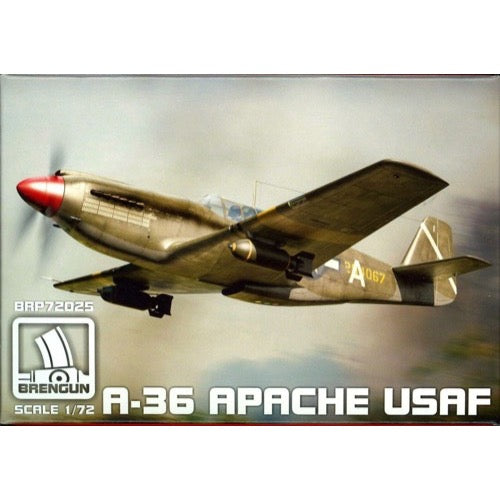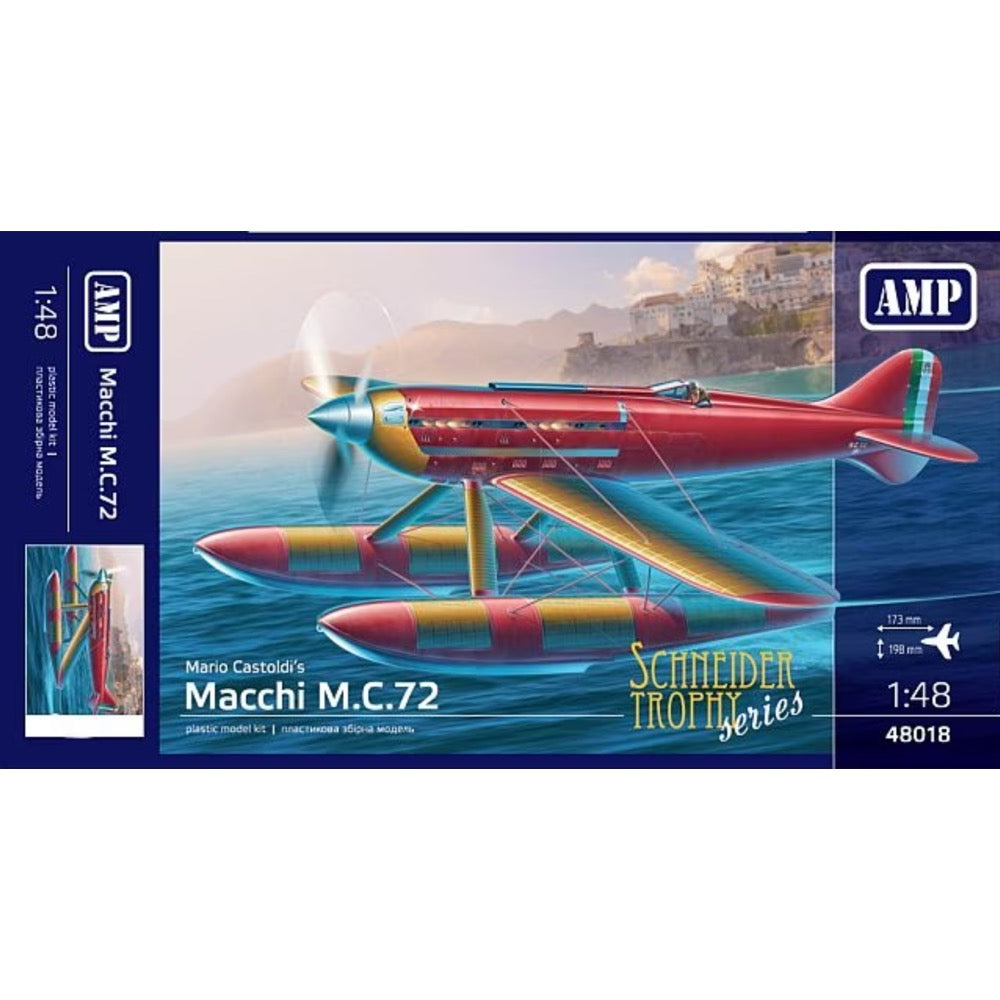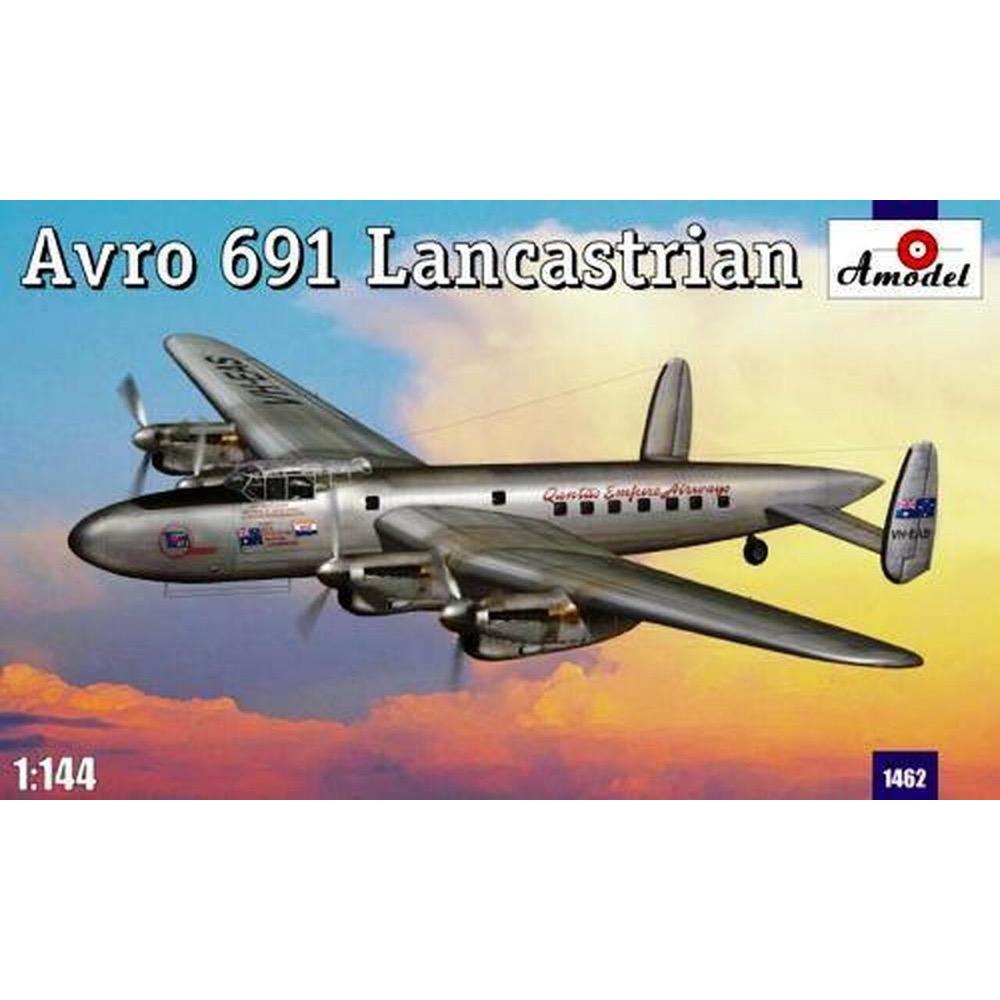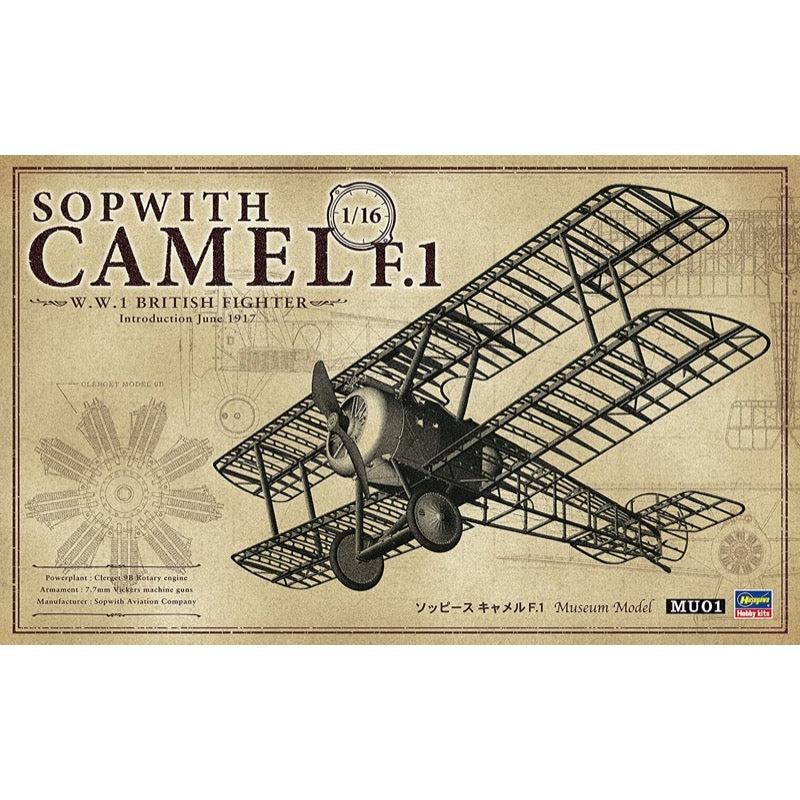
Academy 12576 1/72 Lockheed USAF F-104C Starfighter Vietnam War
17.00
$
<p>The Lockheed F-104 Starfighter is an American supersonic interceptor and fighter-bomber. The F-104 is the fruit of the American experience of the Korean War, where most air victories were achieved in one surprising blow. This, in turn, meant that the new USAAF fighter should, above all, be fast and have a high rate of climb. It is also a reflection of the concept of "plane-missile with a man on board", which also functioned in the Soviet and British aviation in the second half of the 1950s and early 1960s. The flight of the prototype, created by Clarence "Kelly" Johnson, took place on February 7 1954, and entry into line units began in 1958. The serial plane was powered by a General Electric J79 turbojet engine with thin, trapezoidal wings and R21G / H radar. The F-104 was produced in several versions. The basic one is the F-104A, acting as a fighter plane, and the F-104C, i.e. a fighter-bomber. Subsequent versions were primarily produced for export. F-104G, with a more powerful J79-GE-11 engine and improved avionics went to Germany, the CF-104 is a license version of the F-104G, but with the J79-OEL-7 engine, produced in Canada, the F-104S is an aircraft produced in Italy licensed with the J79-GE-19 engine. Finally, the F-104J was produced for the Japanese Air Force with the J79-IHI-11A engine at Mitsubishi plants. The plane designed to train test pilots was the NF-104 Rocket Starfighter. The F-104 was an airplane that was incredibly difficult to pilot and "unforgiving" mistakes. It has suffered many crashes - in the german aviation alone, 110 of the 238 F-104 planes were crashed! Technical data (version F-104G): Maximum speed: 2137 km / h, speed of climb: max. 254 m / s, maximum altitude 27,400 m, maximum range: 2,920 km, armament: fixed - one 20mm six-barrel M61A-1 cannon, suspended - up to 1,814 kg of cargo.</p>
<p>The F-104C Starfighter has been adopted by the U.S. Air Force and other countries around the world. This model kit from Academy precisely reproduces its cockpit, panel lines and main gear; decals for four versions are included, featuring the Japan Air Self-Defense Force 207th Squadron.</p>
<p>This is an injection-plastic jet aircraft model kit.</p>
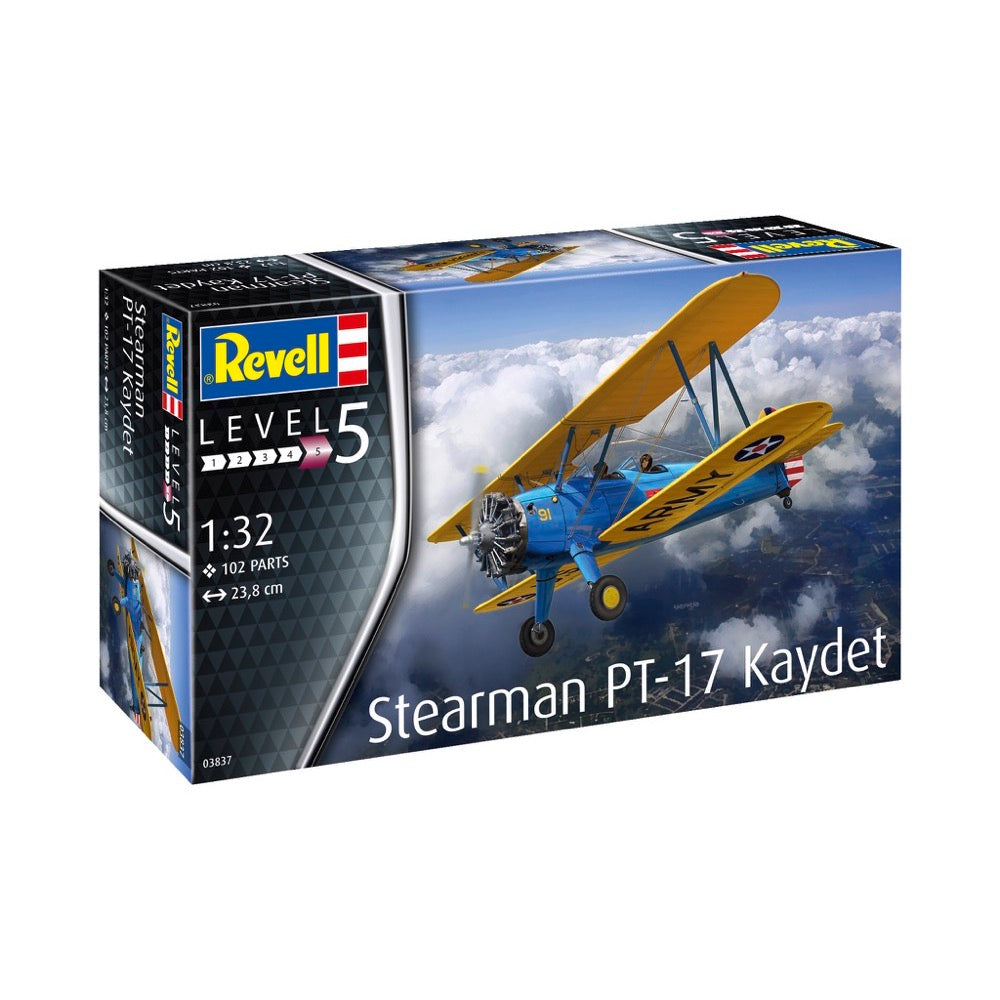
Revell 03837 1/32 Stearman PT-17 Kaydet
42.00
$
<p>Model kit of the famous Stearman PT-17 Kaydet. It was the US Army and US Navy's standard basic flying training aircraft during World War II. Several thousand American but also Allied pilots have been trained on this type. Today, the numerous surviving machines are welcome guests at air shows around the world.</p>
<ul>
<li>
<p>Very detailed kit</p>
</li>
<li>
<p>Detailed cockpit</p>
</li>
<li>
<p>Authentic decal</p>
</li>
</ul>
<h3>Scope of delivery</h3>
<ul>
<li>
<p>Plastic model kit (unassembled), illustrated, multilingual building instructions, decals</p>
</li>
</ul>
<h3>Specifications</h3>
<ul>
<li>
<p>Age recommendation:13+</p>
</li>
<li>
<p>Number of parts:102</p>
</li>
<li>
<p>Length:238mm</p>
</li>
</ul>
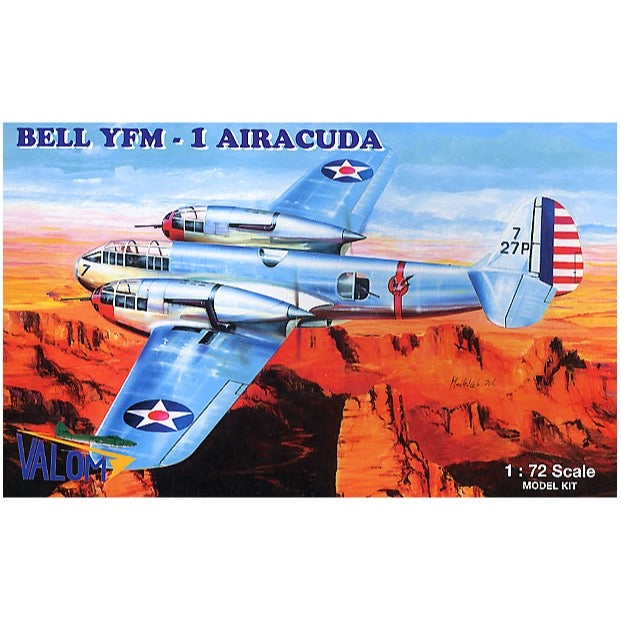
Valom 72015 1/72 Bell YFM-1 Airacuda
22.00
$
<p>Bell's first aircraft after getting out of the carriage business, the Airacuda was a revolutionary aircraft for the time, let down by a lack of suitably powerful engines and the difficulties of changing priorities and funding in pre-war America. The Airacuda was to be a long-range bomber destroyer, fitted with 37mm cannons that would allow it to shoot down incoming bombers while they were still far from America's shores. This boxing includes decals for the YFM-1 prototype in the markings of the 27th Pursuit Squadron, as exhibited at the 140 New York World's Fair. Includes resin and photo-etched parts.</p>


